Contents
About Gojobashi
Gojome Bridge is about a 15-minute walk from Nagoya Station. This slightly old-fashioned bridge is actually a valuable historical heritage. In the 1600s, Tokugawa Ieyasu decided to build Nagoya Castle and built the Horikawa River to transport goods, and Gojo Bridge was one of the seven bridges built at that time.
Giboshi at Gojobashi in Nagoya
Most bridges with old historical significance in Japan have monuments that look like poop, as shown in the photo above. This is called “Giboshi” in Japanese. I don’t really understand why it’s like a poop monument, so I looked it up on the internet, and it seems like it has something to do with Buddhism. In fact, most Japanese people don’t even know the word Gibhoshi (poop like monument).
At the foot of the bridge, there was a signboard explaining the origin of the bridge. It’s also available in English, so if you’re interested, you can read it.
Access to Gojo bridge
Finally, I would like to introduce access to Gojo bridge. The closest station is Kokusai Center Subway Station, but if this is your first time to Nagoya Station, you can walk there from Nagoya station. There will probably be confusion at Nagoya Station. Even first-time Japanese people can get lost at Nagoya Station. If you go directly from Nagoya Station, you will find a preserved Kyoto-like street called Shikemichi . There is a bridge at the end of that street. It would be a good idea to go to Shikemichi and then to Gojo bridge.
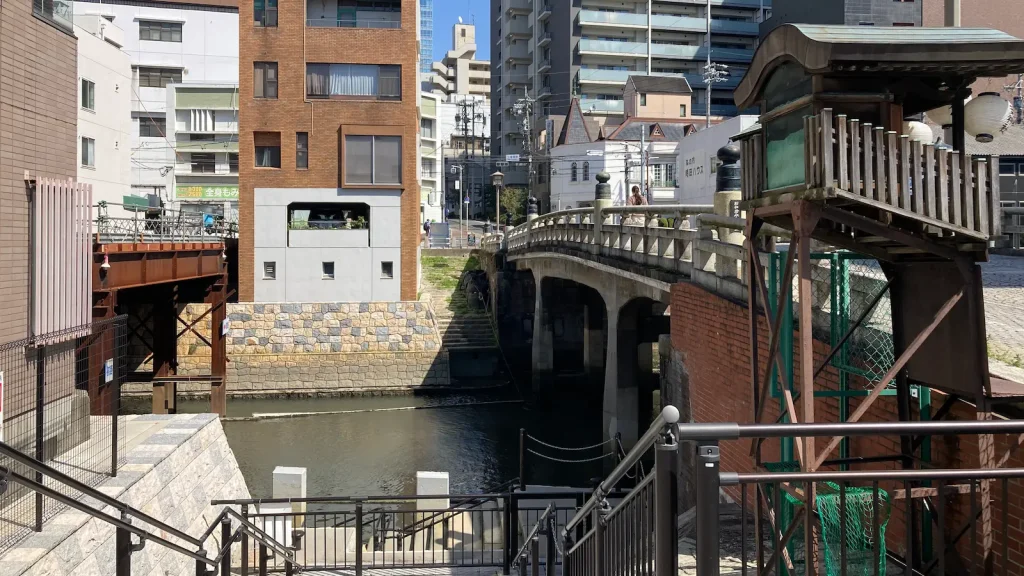
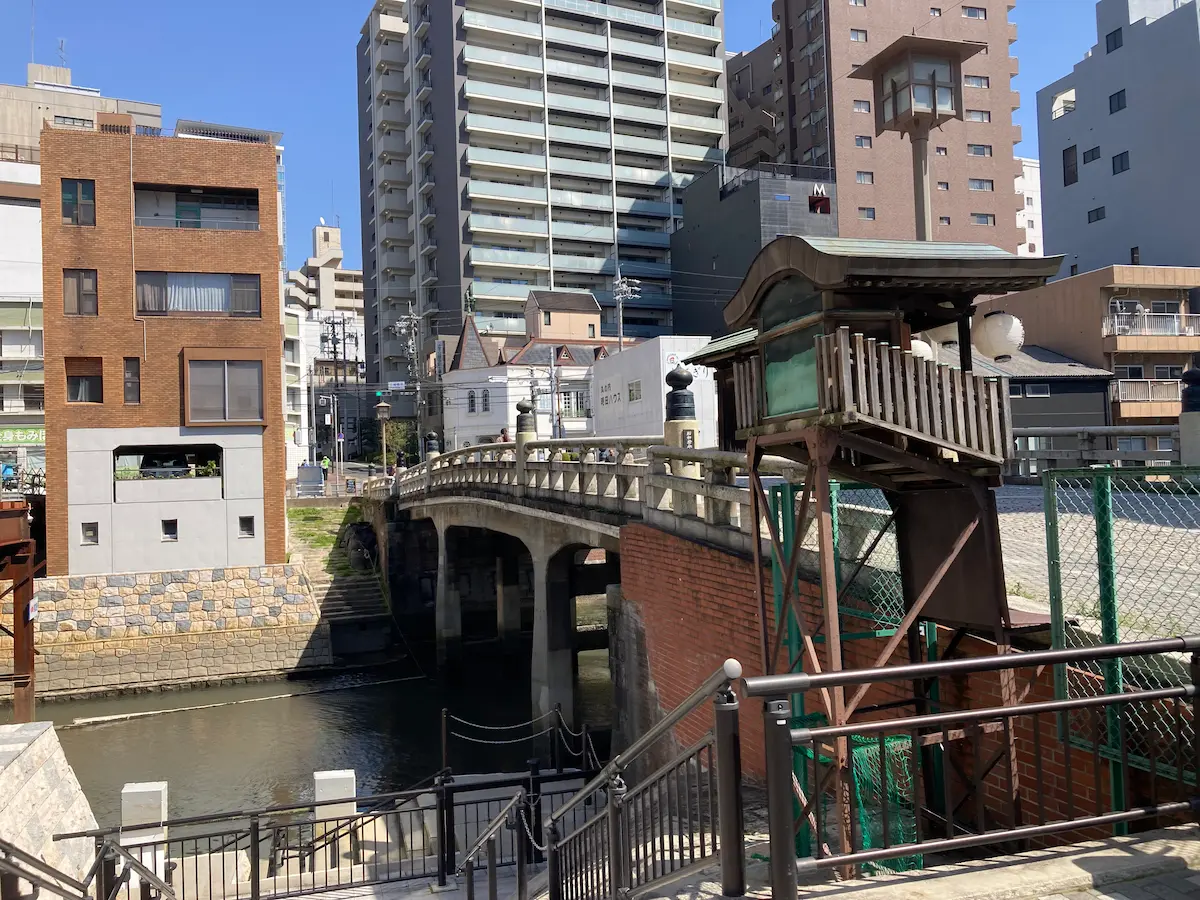
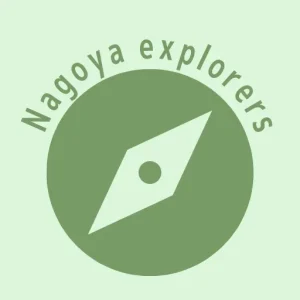



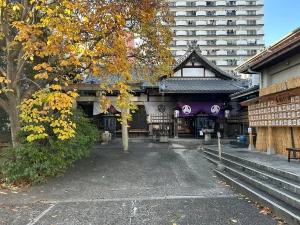

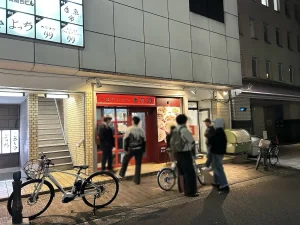

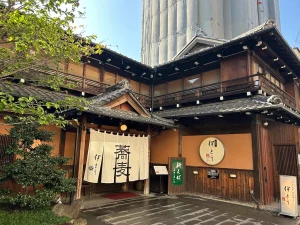

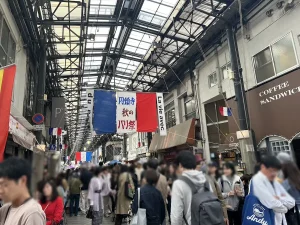

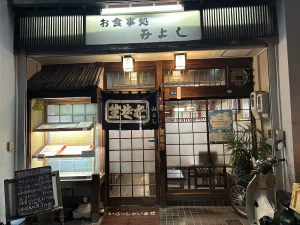



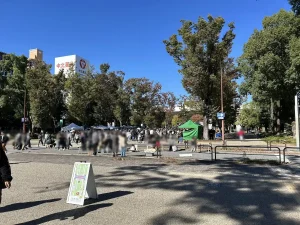

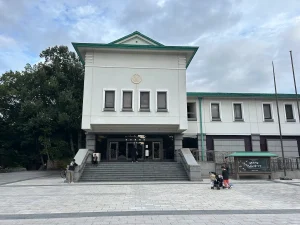

LEAVE A REPLY